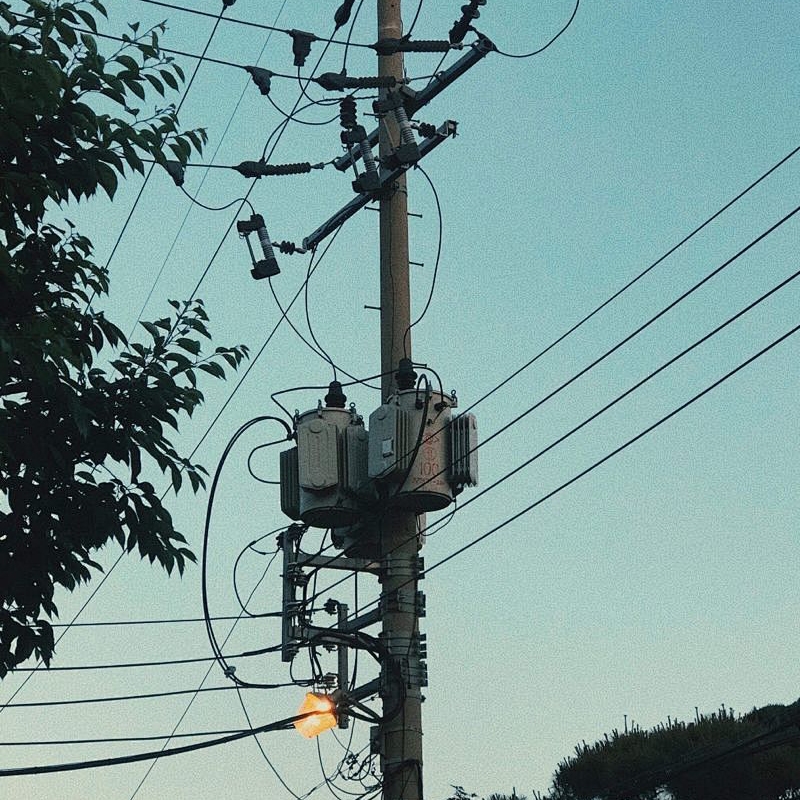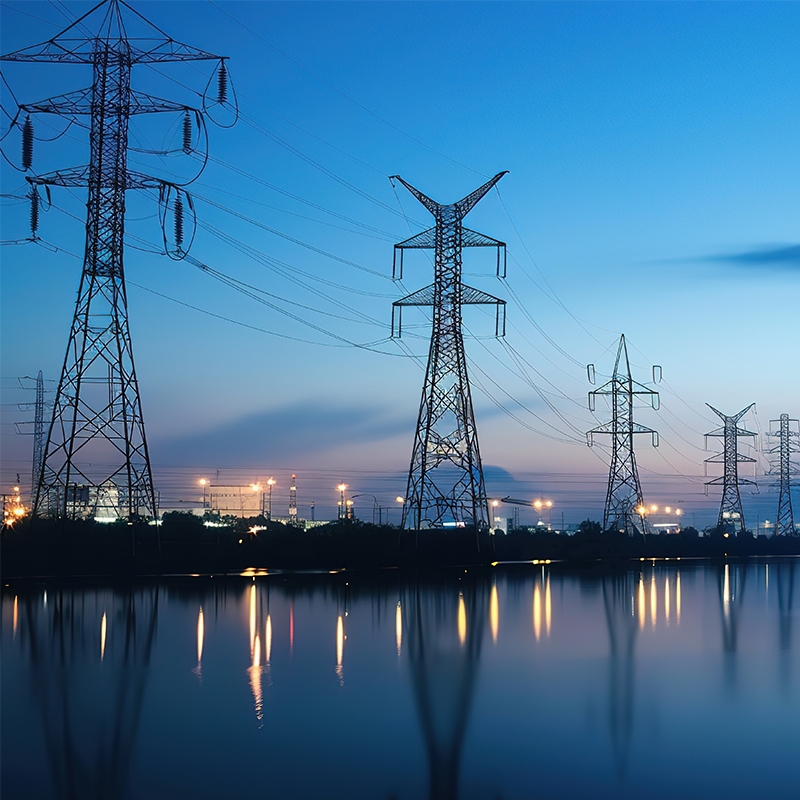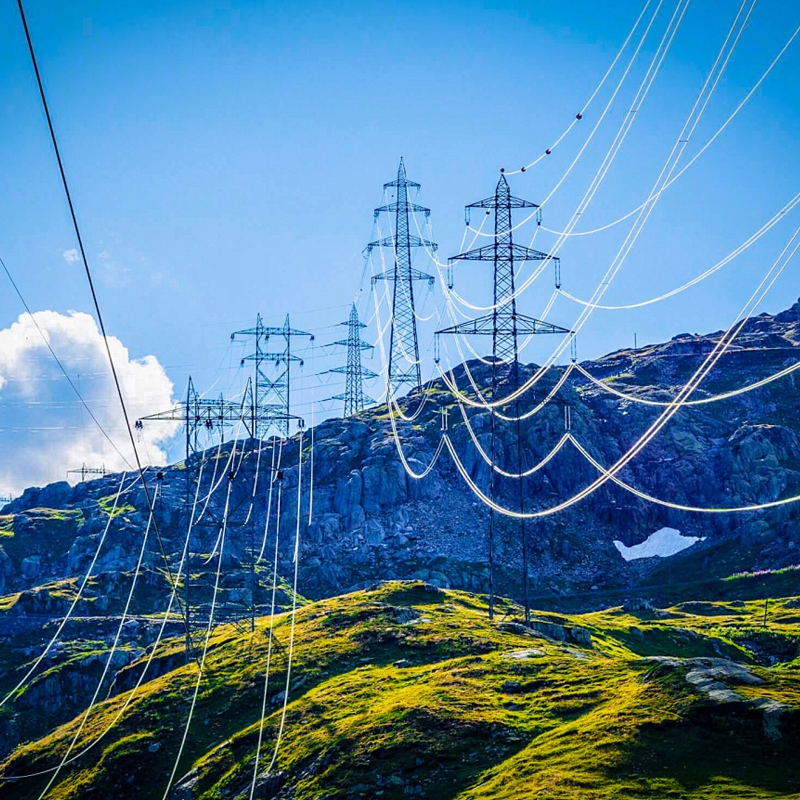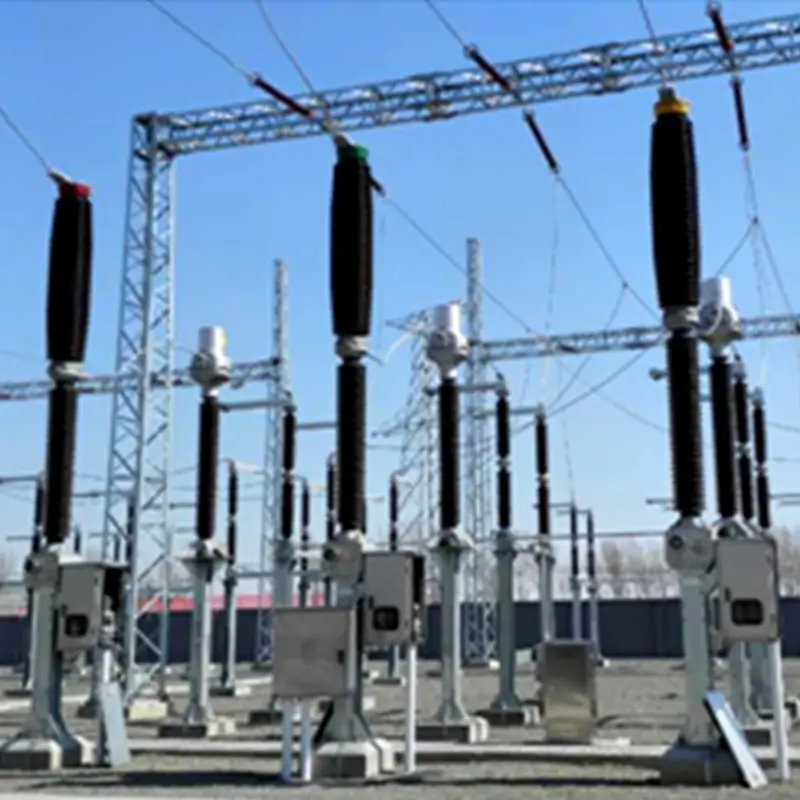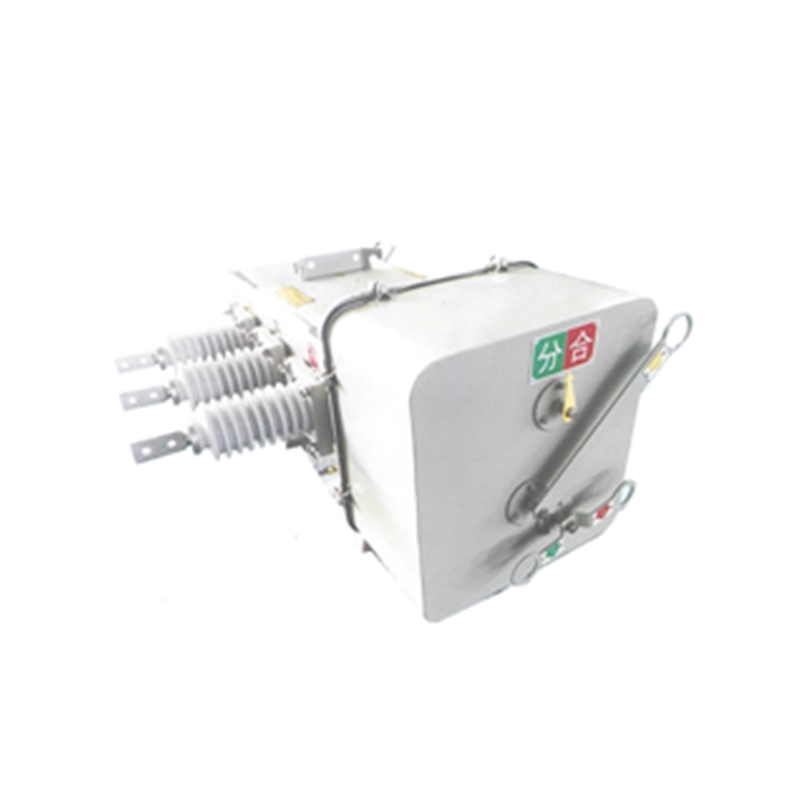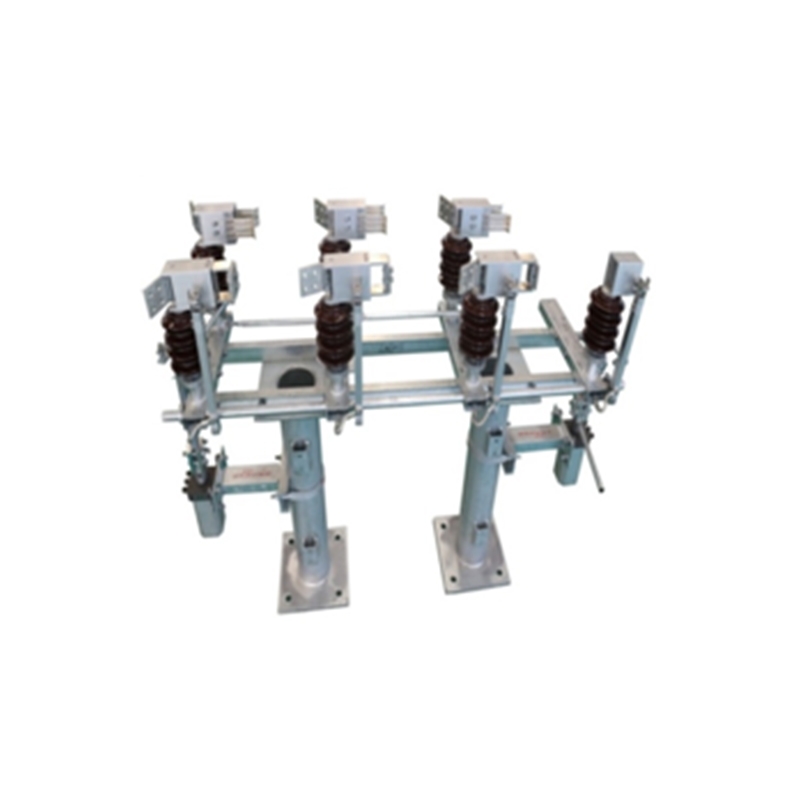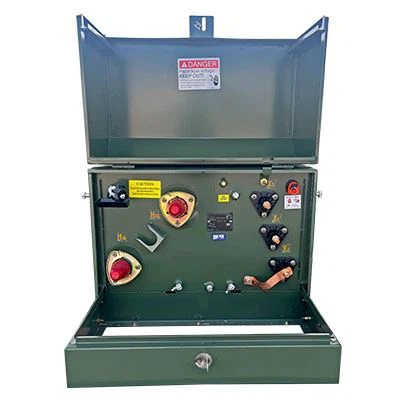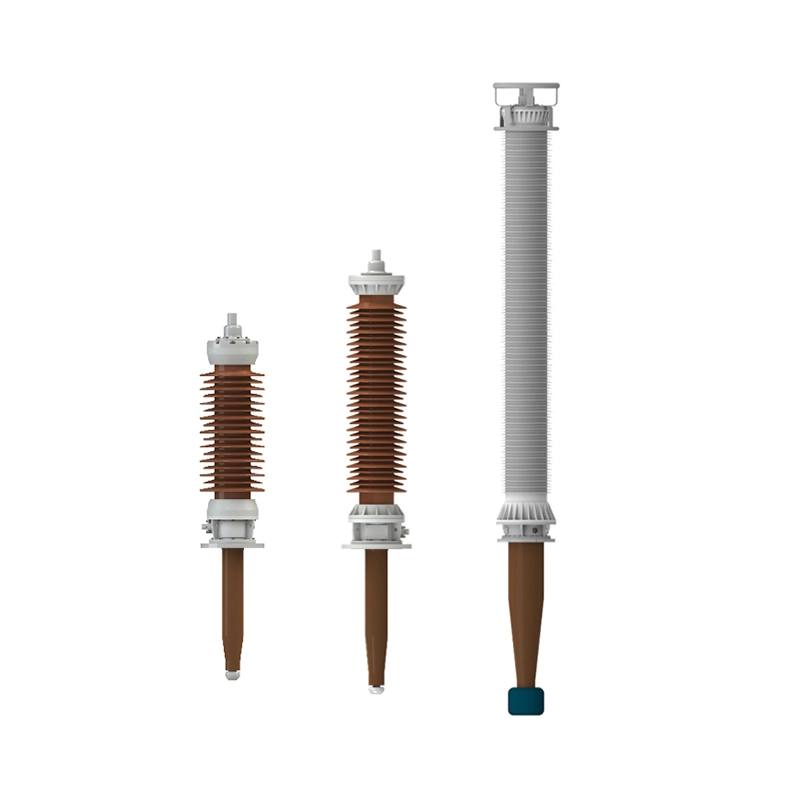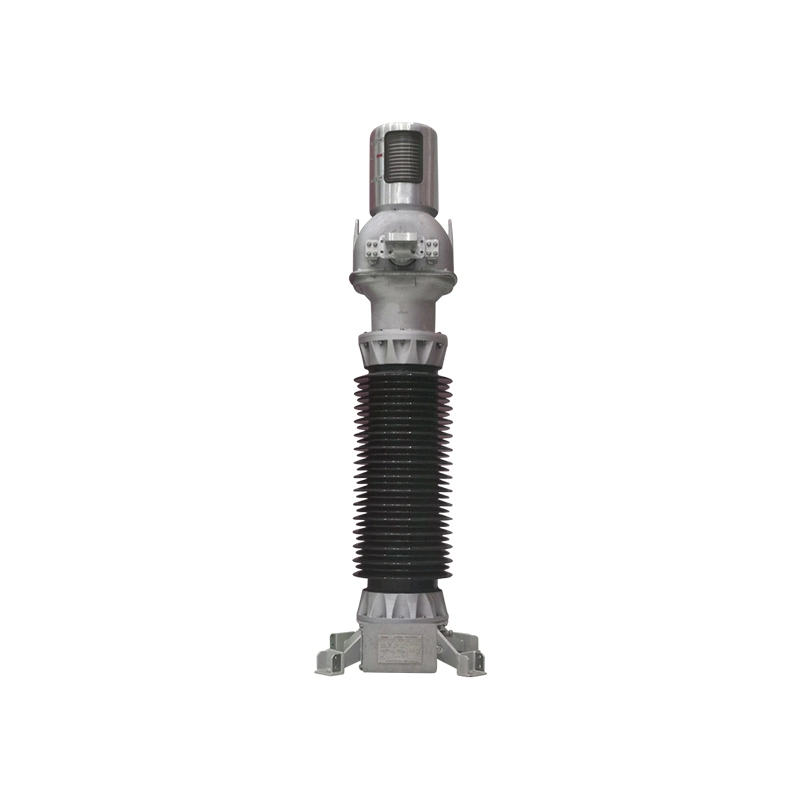ZGS11-Z.G Combined Transformer for Photovoltaic Power Generation
ZGS11-Z.G Combined Transformer for Photovoltaic Power Generation
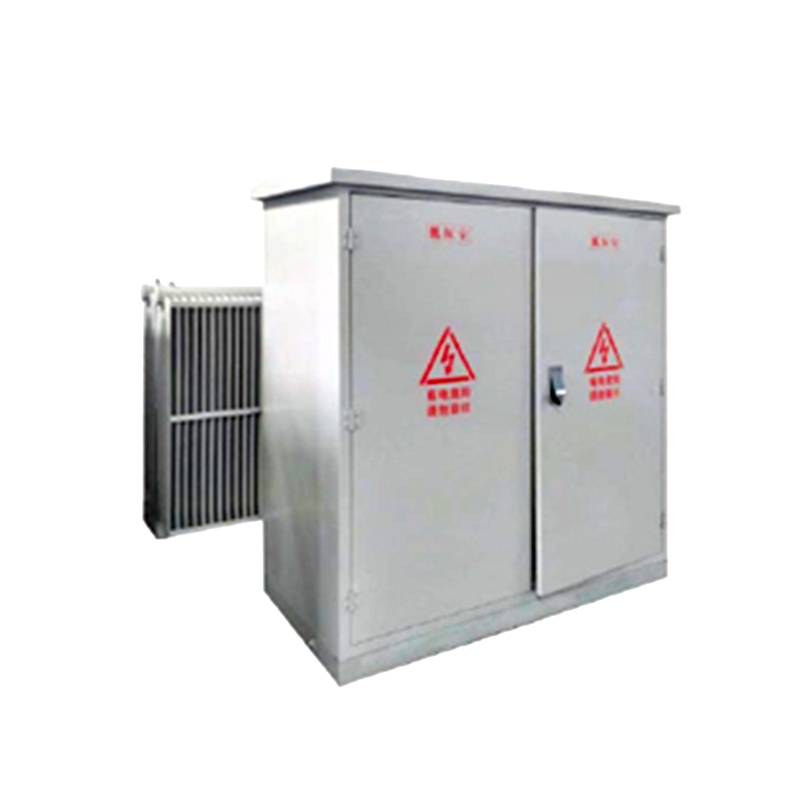
Rated capacity: The rated capacity of photovoltaic transformers is usually between 100kVA and 2500kVA, and the specific capacity depends on the needs of the photovoltaic power generation system.
Voltage level: The voltage levels of photovoltaic transformers usually include 6kV, 10kV, 20kV and 35kV, and the specific voltage level depends on the system requirements and grid standards.
Frequency: The rated frequency of photovoltaic transformers is generally 50Hz, which is consistent with the standard frequency of most power grids.
Efficiency: Photovoltaic transformers use advanced winding technology and high-quality core materials to improve energy utilization efficiency and reduce no-load losses and load losses.
Environmental adaptability: Photovoltaic transformers need to have good environmental adaptability, be able to operate stably in high temperature, low temperature and high humidity environments, and have short-circuit resistance and overload resistance to ensure the continuous and stable operation of the system.
1. Technical Principle and Design
This isolation transformer uses the principle of electromagnetic induction to achieve three-phase 800V to 400V voltage conversion. Its unique design is designed to ensure efficient energy transmission and 136-5016-3149 Wang isolation effect.
2. Detailed Analysis of Technical Data
Rated capacity: [specific value] kW, reflecting the power that the transformer can carry.
Input voltage: three-phase 800V, adapted to the output voltage of the photovoltaic energy storage system.
Output voltage: 400V, meeting the requirements of subsequent equipment or grid access.
Frequency range: [specific frequency range] Hz, matching the grid frequency.
Insulation level: [specific level], ensuring safe and reliable insulation performance.
Short-circuit impedance: [specific value]%, which limits the short-circuit current.
Efficiency: [specific efficiency value], reflecting the efficiency level of energy conversion.
Temperature rise limit: specifies the temperature rise limit of the transformer during operation to ensure the life and safety of the equipment.
Number of phases: three-phase, adapted to the three-phase power system.
3. Technical advantages and characteristics
Precise voltage conversion: Ensure that the output voltage is stable at 400V, providing reliable power supply for back-end equipment.
Good isolation performance: Effectively isolate the photovoltaic energy storage system from the power grid to reduce mutual interference.
High-efficiency conversion: Reduce energy loss and improve the energy utilization efficiency of the entire system.
High reliability: Able to operate stably under various environmental conditions and reduce the probability of failure.
Strong compatibility: Compatible with different types of photovoltaic energy storage systems and back-end equipment.
4. Application scenarios and fields
Distributed photovoltaic power station: convert and isolate the electricity generated by photovoltaics and then connect it to the grid.
Industrial power system: provide a stable 400V power supply for industrial production.
Commercial buildings: ensure the power supply of commercial facilities.
New energy microgrid: play a key role in microgrids to ensure the rational distribution and use of electricity.
For example, in a distributed photovoltaic power station, a three-phase 800V to 400V isolation transformer converts the high-voltage DC generated by photovoltaic panels into AC, and reduces the voltage to 400V before connecting to the grid to achieve effective utilization and transmission of electricity.
5. Installation and maintenance points
Installation environment requirements: select a well-ventilated, dry place without corrosive gases.
Connection correctness: ensure that the input and output lines are connected correctly to avoid short circuits or reverse connections.
Regular inspection: including inspections of insulation performance, temperature, wiring, etc.
Maintenance and cleaning: keep the transformer clean to prevent dust and debris accumulation from affecting performance.
6. Technical Challenges and Countermeasures
Harmonic Problems: Since the photovoltaic energy storage system may generate harmonics, filtering measures need to be taken.
Heat Dissipation Problems: The heat dissipation requirements during high-power operation can be solved by optimizing the heat dissipation design.
Electromagnetic compatibility: Ensure electromagnetic compatibility with other equipment to avoid mutual interference.
7. Future Development Trends
Higher efficiency and smaller size: With technological progress, transformers will develop in a more efficient and compact direction.
Intelligent monitoring and management: Realize remote monitoring and intelligent management to improve operating efficiency and reliability.
Deep integration with new energy technologies: Better adapt to the development needs of new energy.
In short, the three-phase 800V to 400V isolation transformer of the photovoltaic energy storage system is an important part of the system. Its technical data and performance characteristics determine its key position in the energy field. Through in-depth understanding and reasonable application, we can give full play to its advantages, promote the development of photovoltaic energy storage, and contribute to the realization of a clean and sustainable energy future.
Frequently Asked Questions
Necessitatibus eius consequatur ex aliquid fuga eum quidem sint consectetur velit
Post Comment
Your email address will not be published. Required fields are marked *
You May Also Like
You might be interested in the following content

